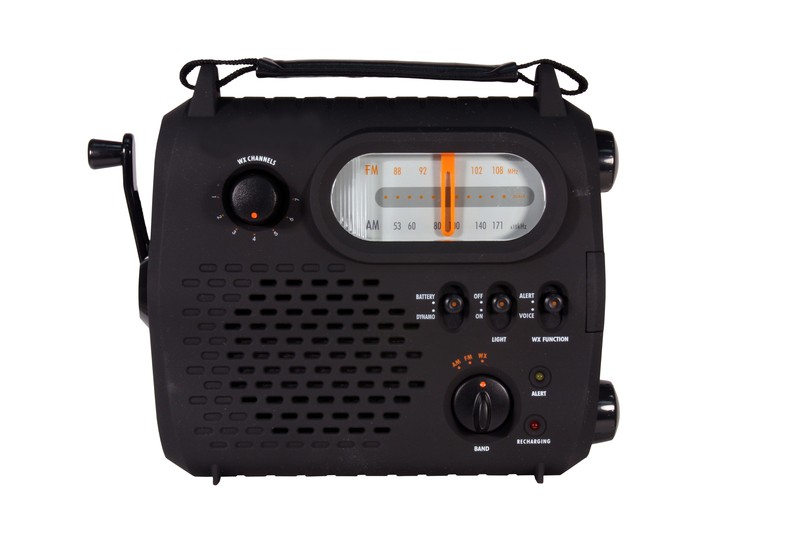A weather radio will let you know when you need to buckle down the fort or stock up on provisions. It'll let you know when a major event has occurred that you need to be prepared for. In short, a good weather radio is essential to being prepared.
An emergency weather radio is a radio receiver designed to broadcast a service which airs special weather-related emergency broadcasts and announcements.
The best emergency radios are designed to remain functional in cases of power outage or isolation from contact with civilization. These radios are often designed to run on minimal or no power sources, as such is the case in many weather emergency or disaster events.
The National Weather Service provides local and regional forecasts, and emergency alerts for severe storms, tornadoes, hurricanes, floods, extreme heat, winter storms, fire threats, tsunamis, solar flares, also AMBER alerts or terrorist attacks.
It is in your best interest to learn the abbreviations related to these organizations and services:
NOAA: National Oceanic and Atmospheric Administration
NWR: NOAA Weather Radio
NWS: National Weather Service
EAS: Emergency Alert System
EBS: Emergency Broadcast System (superseded in 1997 by EAS)
FCC: Federal Communications Commission
FEMA: Federal Emergency Management Agency
Emergency weather radios are generally designed to cover more than just the standard AM and FM broadcasting bands. Basic shortwave radio coverage (for situations where local radio is out or not available) is common, as well as weather radio in countries that provide that service.
What Types Of Emergency Radios Are There?
Weather radios come with several features that make them very helpful in case of an emergency. Some models use crank power, in addition to electricity and batteries, which is a life saver in case of an electricity outage.
Standalone Receivers:
If you are want to be alerted to Warnings and Watches day or night, a standalone receiver might work best for you.
Standalone receivers might also come with AM/FM bands, but their primary use will be to receive Weather Radio broadcasts. You can choose between hand-held and desktop models, depending on whether you plan to take your radio with you when you go out.
Multi-Band/Function Receivers:
If you just want to be able to tune to in the weather broadcast and do not care about receiving alerts, a general Multi-Band/function receiver could be better.
This is a great article about all of the news that is broadcast on the weather radio frequencies. It illustrates perfectly just how important these nifty little devices are to those of us who like to be prepared for anything.
After all, what good is having bug out supplies prepared when you don't receive the news that you should be getting the hell out of Dodge?
As the article touches on, it's probably best to have two radio options: one that is on all the time and receives a lot of different frequencies, and one that is smaller and battery or hand-powered that can be added to your bug out location or even your bug out bag.
We learned a lot of things from this excellent article. To learn even more, check out All Things Emergency Prepared and read the whole article for yourself.
